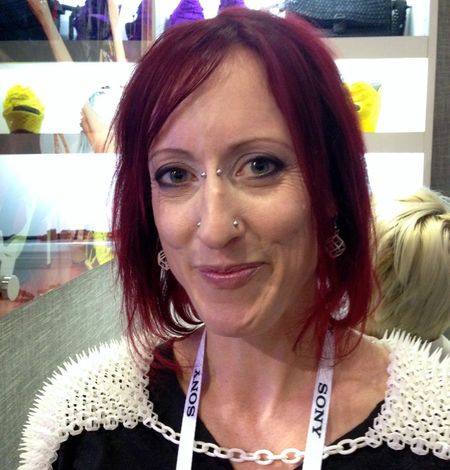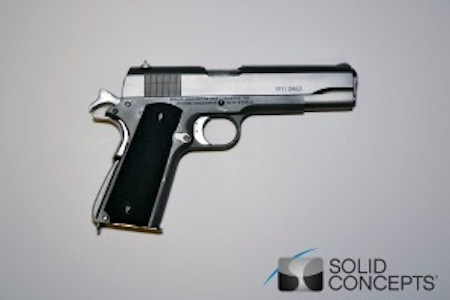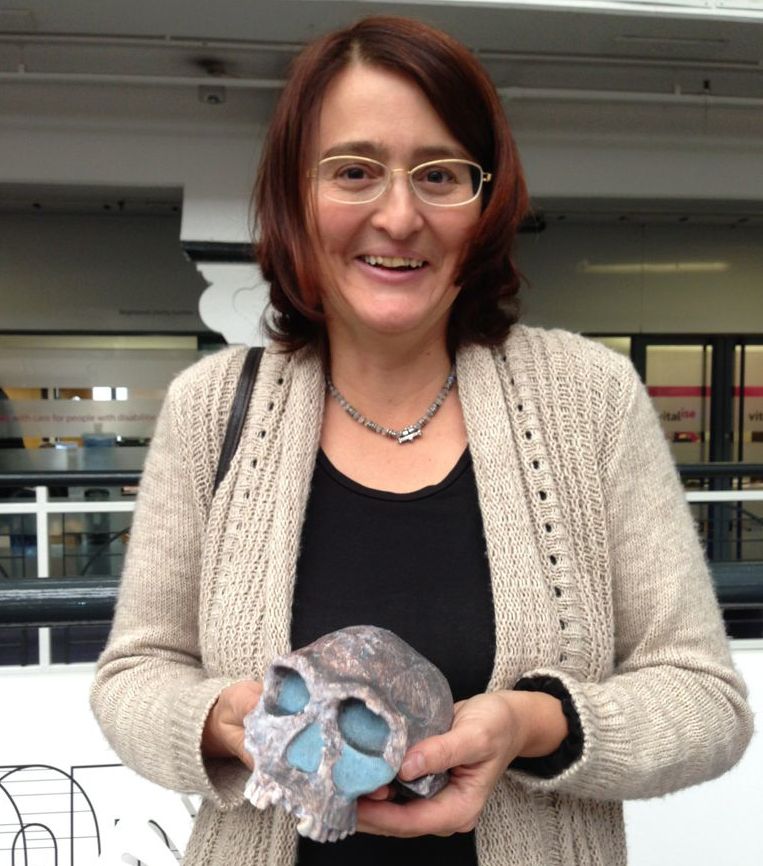The U.S. Department of Health and Human Services’ National Institutes of Health (NIH) has opened its own public repository of printable 3D models.
Read More
The U.S. Department of Health and Human Services’ National Institutes of Health (NIH) has opened its own public repository of printable 3D models.
Read More3D model repository Threeding has done something interesting: they’ve created an app.
Read MoreIn the most absolute and ultimate technology contrast possible, researchers have 3D printed handles for primitive flint-knapped hand axes.
Read MoreWe’re amazed by Todd Doehring’s Meshagons, which are 3D printable “tetrahedral finite element (FE) mesh sculptures”.
Read MoreWith controversy brewing around the most popular 3D model repository, Thingiverse, some ask what alternative repos may exist. We found more than a few.
Read MoreWe’re checking out a new 3D model repository that recently launched: Redpah.
Read MoreAs promised in their January announcement, MakerBot made good on their promise to open a digital store for 3D models.
Read MoreWe’re looking at a project that makes 3D scans of large objects a lot easier - by using drones.
Read MoreWith the huge number of personal 3D printers being sold, one wonders where 3D models will be found to print on them.
Read MoreThe folks at CGTrader have solved Leonardo DiCaprio’s problem of not receiving an Oscar at this year’s Academy Awards.
Read MoreHonda Motors has taken a big step into the consumer 3D printing world by offering cars for download.
Read More If you hit the Cubify site now, (dubbed “2.0” by 3D Systems), you’ll see much deeper content, specifically in the fashion and decor genres. To create all this content 3D Systems has hired a group of designers who are dedicated to producing outstanding 3D content. We spoke to one of them, Annie Shaw, pictured above.
If you hit the Cubify site now, (dubbed “2.0” by 3D Systems), you’ll see much deeper content, specifically in the fashion and decor genres. To create all this content 3D Systems has hired a group of designers who are dedicated to producing outstanding 3D content. We spoke to one of them, Annie Shaw, pictured above. 

Sorry, we don't have our content available for download.
1 surface =Plot3D[{Sqrt[1 - x^2 - y^2]}, {x, -1, 1}, {y, -1, 1},RegionFunction -> Function[{x, y, z}, x^2 + y^2 <= 1],BoxRatios -> Automatic]2 Export["C:\\Users\\Owner\\Desktop\\hemisphere.stl", surface]}









